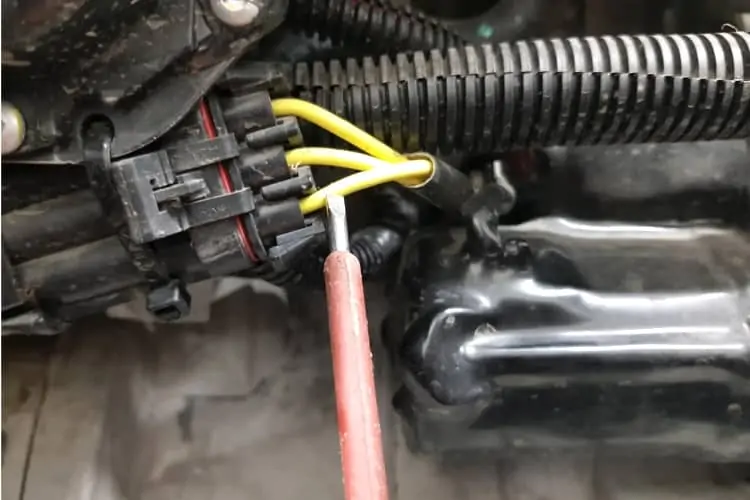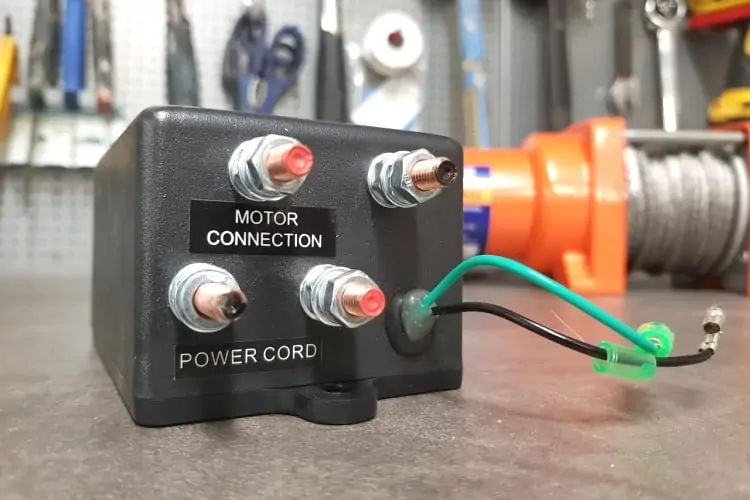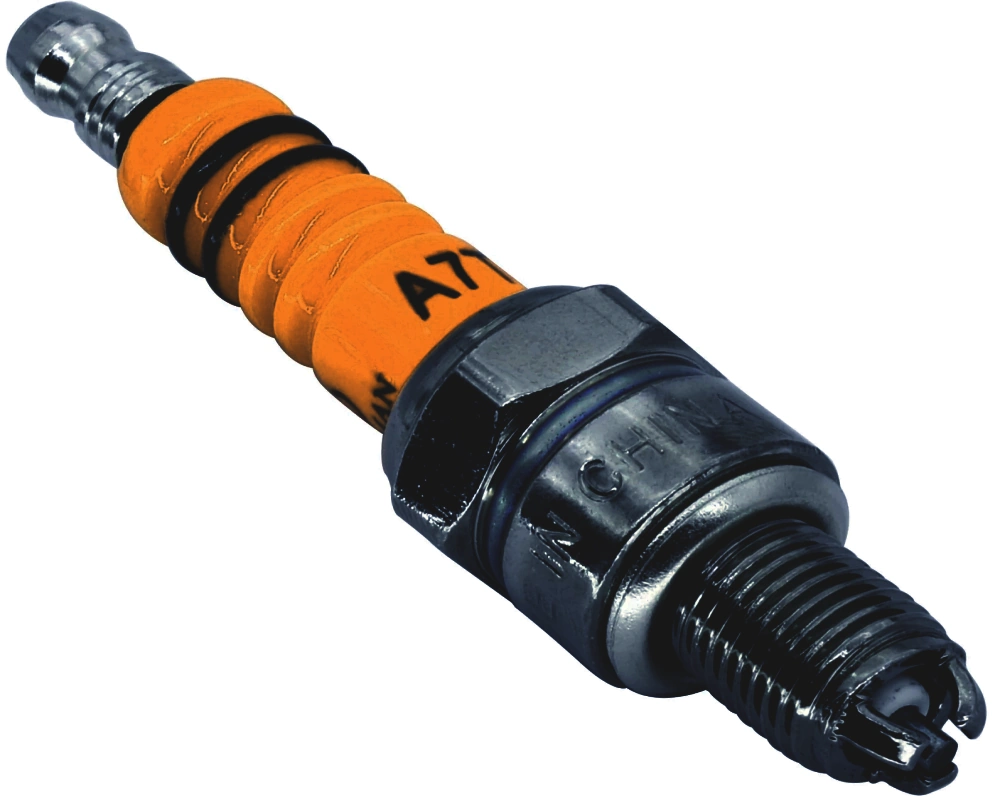The best of the winches have a particular feature, low amp draw. Winch takes out a lot of power from your battery. If the winch has a low amp draw, that means it will drain much less power. But you need to understand that whatever qualities are specified on the winch’s product description, it does not always come out like that. In fact, the winch will still draw more amps than it is indicated. Only in a perfect world, your winch can perform according to its specification described. The most frequently asked question of the customers is about how many amps does a winch draw for their chosen ATV winches.
Factors Affecting Amp Draw
A winch, when functioning, would pull very hard. Depending on the degree of that pull, the amp draw is determined. It is basically the amount of current that is used by the winch. Low or high, the amp draw is vastly manipulated by the obstacles that put the winch under pressure.
An efficient winch has only one layer of cable. The cable is wrapped around a drum, which is basically the winch drum. It is quite evident that extra layers always hampers efficiency as they become fragile quicker. In fact, it has been found out that the extra 10% efficiency of the winch is caused because of one additional layer of cable around the drum.
The amount of load also contributes to the amp draw. The more load you put, the harder the winch functions. A basic model with a single wrap of winch cable would typically draw around 250 amp when the line pull is 4500 lb.
Draining the Battery Power
Your ATV winch is a power-thirsty accessory, and you would realize it from the moment you start using one. You might see everything is working just fine until you notice that it is going with a high amp draw, and the rate of draining will surprise you. A winch that is drawing high amps would indeed cause battery drain. The winch can take up a lot more power under the full load than even the charging system promised. You can look at this table below and have some idea about the battery drain winch causes.
| Line Pulling Capacity | Full load Current Draw |
| 1500 lb. | 100 A |
| 2500 lb. | 150 A |
| 3500 lb. | 200 A |
| 4500 lb. | 250 A |
The motor of a regular car would draw 200-300 amp while starting. But this is an ATV we are talking about!! And that is a lot if compared.
The winch can work all day long without any load as the ATV’s stator will make sure to balance the battery. But under full load, the winch will absorb most of the current from the battery. The charging system provides little help if there are quite a few hard pulls within a concise period of time.
You can look up the battery’s CCA rating. It is an industry-standard indicating how many amps can be provided by the battery, at zero degrees Fahrenheit, for thirty seconds, holding a minimum voltage of 7.2V. A battery with a CCA rating of 320A would ensure that you can have a high amp draw while winching with a full load. This will work for thirty seconds without causing any hurdle. It may even continue up to a minute. You still have to understand that with this size of the battery, your ATV winch will only run for a short time while extracting a high amp at full load.
Affecting the Rate of Battery Drain
Many issues contribute to the rate of battery drain. These issues determine at what percentage a fully functioning ATV winch can absorb the battery power.
The size of the winch has a lot to do with the battery drain. The bigger-sized winch will have a bigger motor. As it will pull harder than a smaller winch, it will draw more amps too. So it is clear that a bigger winch will drain the battery quicker.
The degree is pulling has a significant impact in this regard. The size of the winch does not matter when it comes to pulling. If required, a small winch will draw more power with hard pulls. While working at full capacity, any winch will take up a massive amount of current. It results in a faster battery drain.
It is always considered an essential factor for how long the winch is activated. A typical winching of twenty seconds will draw at least twice more current than a ten-second session.
Giving breaks or, most importantly, longer breaks between winching is crucial. The ATVs’ own charging system will not hold up if the winching goes on for quite some time. Enough backup charge is unavailable when there is repeated winching and less riding between the continuous process.
A powerful battery is essential for winching longer at full capacity. It is suggested that you use at least a 12 Ah battery if you want to power up the process of pulling 2500 lb. winch. The voltage drops low when you winch. You can winch for longer before the dropping of voltage if the battery capacity is higher. And it is quite obvious to keep your battery charged up. A battery that is fully charged is most likely to give a better and long-lasting performance.
You should also know that a temperature close to zero degrees Celsius is not suitable for a properly functioning battery.
Identifying Faster Battery Drain
There is always a scope to happen something out of the usual. You might find that your battery uses up more power than regular with lighter load pulls with the winch. Sometimes, even without the winch’s real functioning, you would find the battery drained, which is quite alarming.
It is not always about winch creating problems. Your ATV may not always perform properly and not provide what is required. In that case, you should go for troubleshooting, find the problem, fix it, set it up again, ensure the proper condition, and run it down.
Securing Battery from Untimely Draining
Winching is most likely to create trouble for quite some period and with very hard, long pulls. It is not surprising to get your battery power drained at an early stage because of the winching. You would want to prevent your ATVs winch from draining the battery power to keep it in use for an extended period. You can follow some tips that might help you with the cause.
ATV batteries are not recognized for power generation at a higher level. So you must keep the battery fully charged. In this way, the winch can function adequately without draining much current.
Some activities like plowing using the winch would use up a lot of power. It would be best to your battery all charged up between plowing sessions to keep it healthier. There are smart lead chargers, and these leads can be permanently connected to the battery. One end of the lead has a quick-connect plug to hook up with the charger. It is a handy and easy way to keep your battery fully charged all day long. Here are some suggestions if you want to do plowing and keep the draining low at the same time-
- Turn off the unnecessary lights. Lights such as hand-warmers are very much power-hungry and use up a lot of currents.
- Halogen bulbs usually draw more power. You can replace them with the LED ones to be more efficient and save some energy.
- The ATV charging system can generate an optimal charge if the engine is running at a higher RPM. To ensure that, keep the gear in low when you are plowing.
- It is essential to make sure that the plow has no obstacles while moving. You can check by dropping your plow low to the ground and then lifting it by hand. If you feel any drag, you should know that the winch will have to pull harder. If the pull is hard, the drawn amps will be high.
Using a snatch block would prove to be an efficient way while using the winch. In this manner, the winch will be working for a more extended period, but the pull can be reduced by almost half. There will be less power consumption.
A second battery is always a good option to operate your winch. ATV’s primary battery may not always provide enough power as the winch draws a lot. The secondary battery will still have to be charged manually, but its usage will relieve you from draining your primary.
When your old battery is getting weaker, you can go for a replacement. There are batteries with very high capacity provided by well-known manufacturers to substitute your previous one. You can find deep cycle batteries that can handle discharges. Discharges happen when you have continuous hard winching sessions. Permanent damage can be controlled by installing these batteries.
Video Credit: Unsealed 4X4
Troubleshooting for Tackling Battery Drain
It has already been suggested that you do troubleshooting when your battery is experiencing quicker draining because of regular winching sessions. Keep your battery healthy and up and running is the key to efficient service. Follow these guidelines below, and these might save you from some trouble.
It is essential to check the health of your ATV battery from time to time. At first, charge up the battery till full. It would be best to keep it resting for a while to get rid of all the surface charges. Using the multimeter or voltmeter, you can measure the voltage that should not be below 12.4V. If it reads a lower voltage, it means your battery is not good to operate efficiently. The next is to do the load test to check how your battery is running while on load.
Every winch comes with a particular diagram for wiring. You make a mistake in the wiring, and it will cost your battery heavily. Even if the winch is not in use, the wrong wiring will drain the battery quickly.
A very sensitive point of the ATV winch is the rocker switch. It is needed to be cleaned, but it might get dirty or corroded after some winching sessions. You can use a hairdryer to dry this out first. Then with an anti-corrosive electric cleaner, you can make it as fresh as new.
Damaged wiring might cause a short to ground. Carefully check the winch-solenoid wiring and the solenoid-battery wiring. As the wire does not come up with fuses, any damage would lead to power going to the ground. This occurrence could draw immense power out of the battery.
It would be best if you kept your connections tight and clean. Loose or dirty connections may prevent your battery from charging correctly. Also, short to the ground is most likely to happen with lousy wiring causing battery drain.
You need to check for your solenoid that it remains clean and not muddy or packed with ice. To clean it, disconnect the battery and gently remove the boot over the solenoid. You must adequately install everything after cleaning.
Please make sure that your ATVs own charging system is working well. It has been said quite a few times that you keep the battery fully charged. So if the charging system is damaged, battery drain will happen faster than you can think.
A clump-style multimeter can help you measure the amount of amp your ATVs winch is drawing. It is standard to have 20A reading if your winch is running on no load. If the number is bigger, you need to check for your winch having disturbances.






